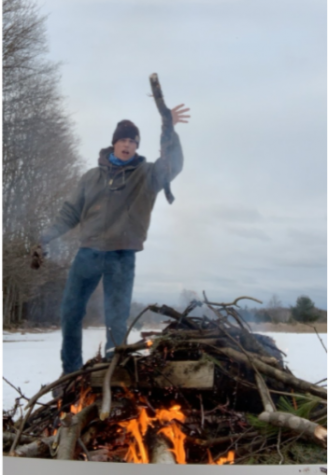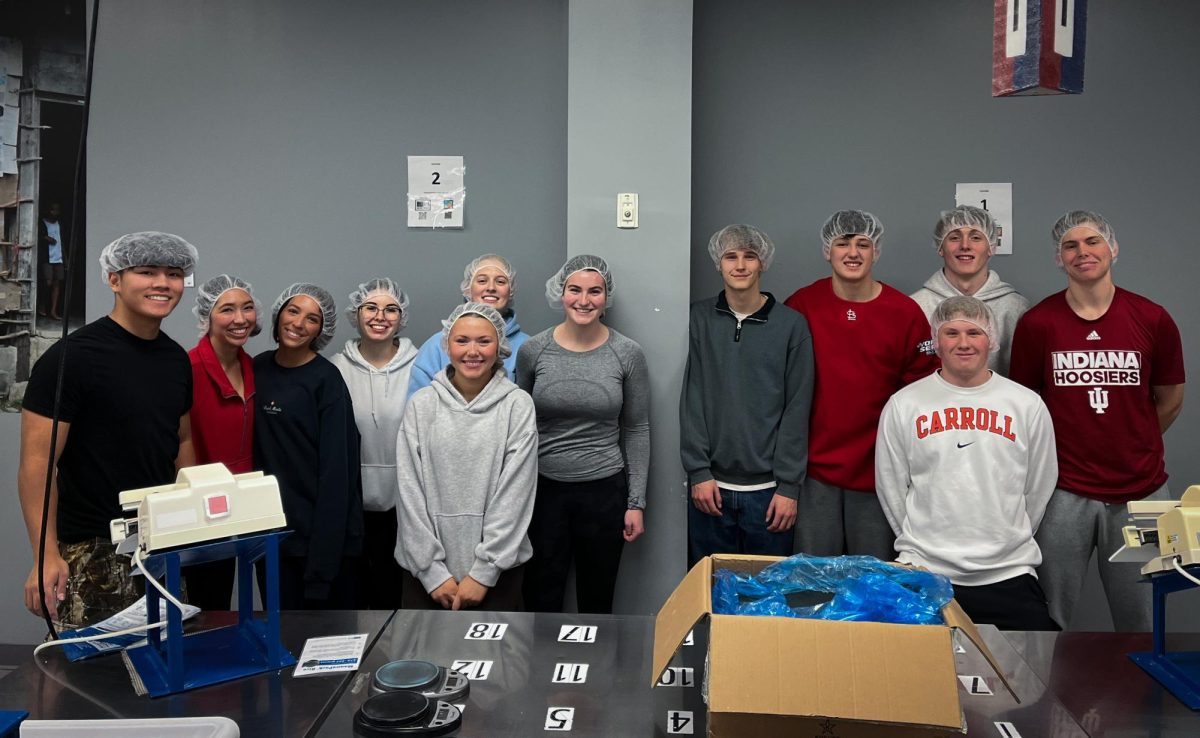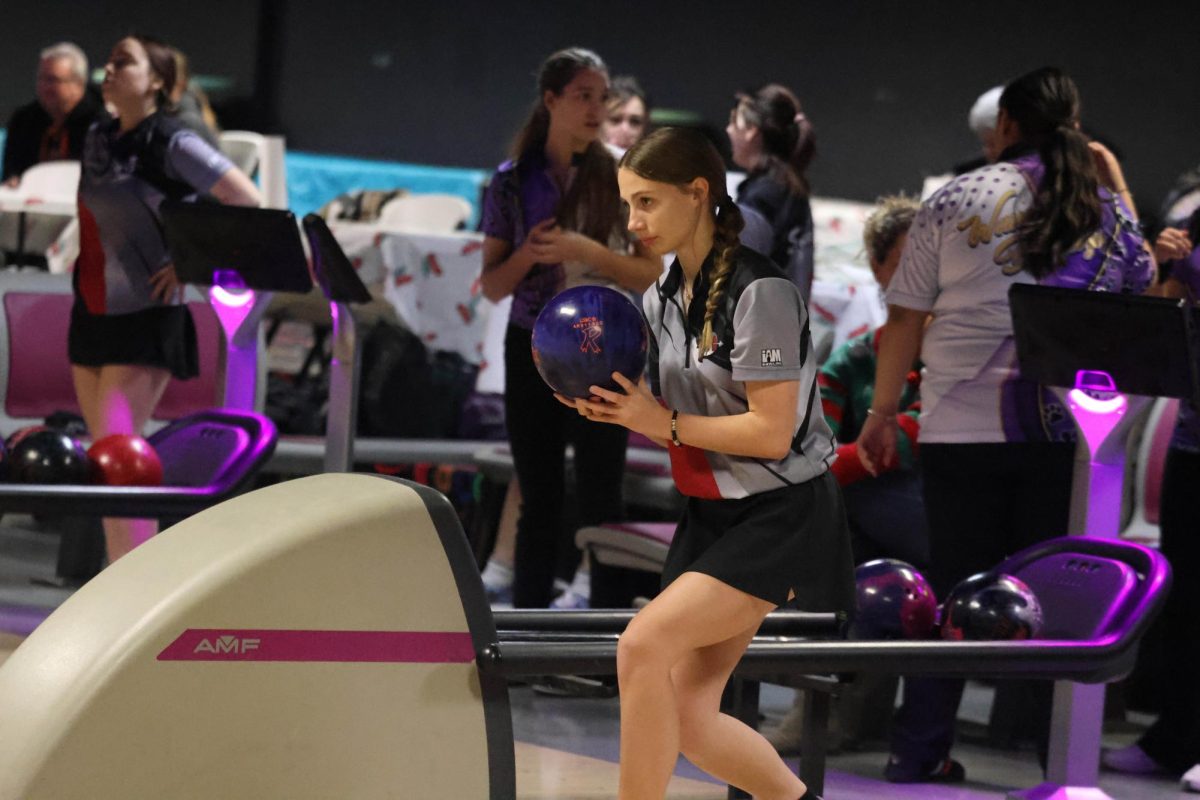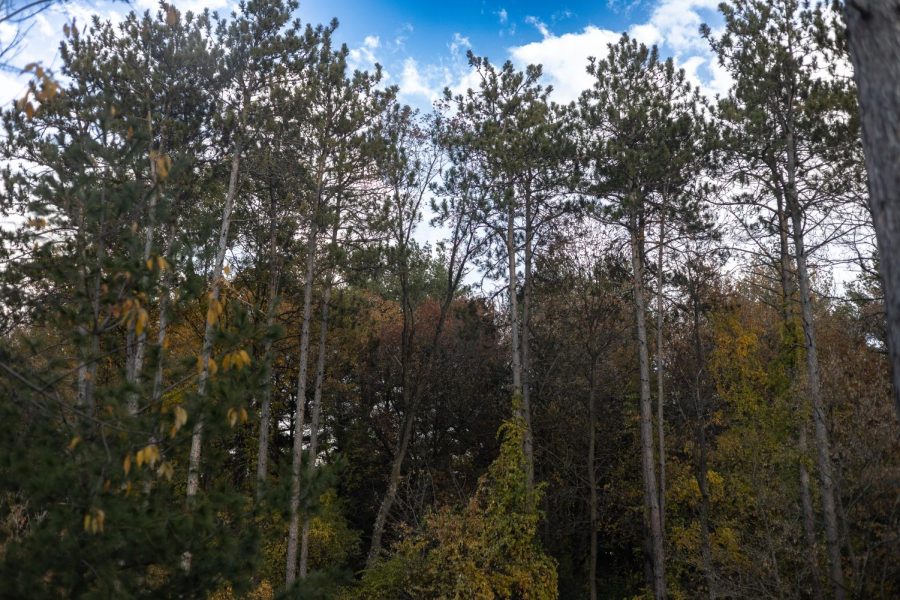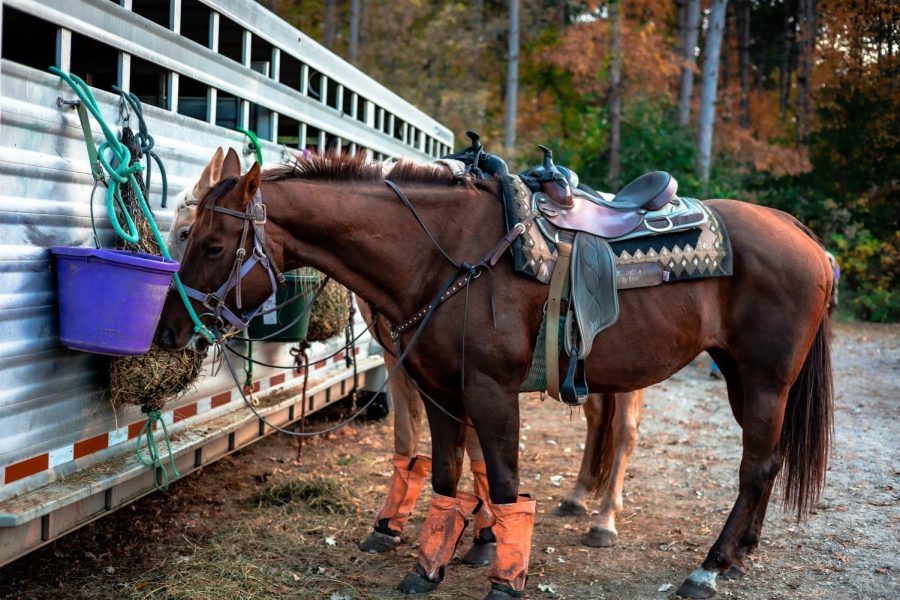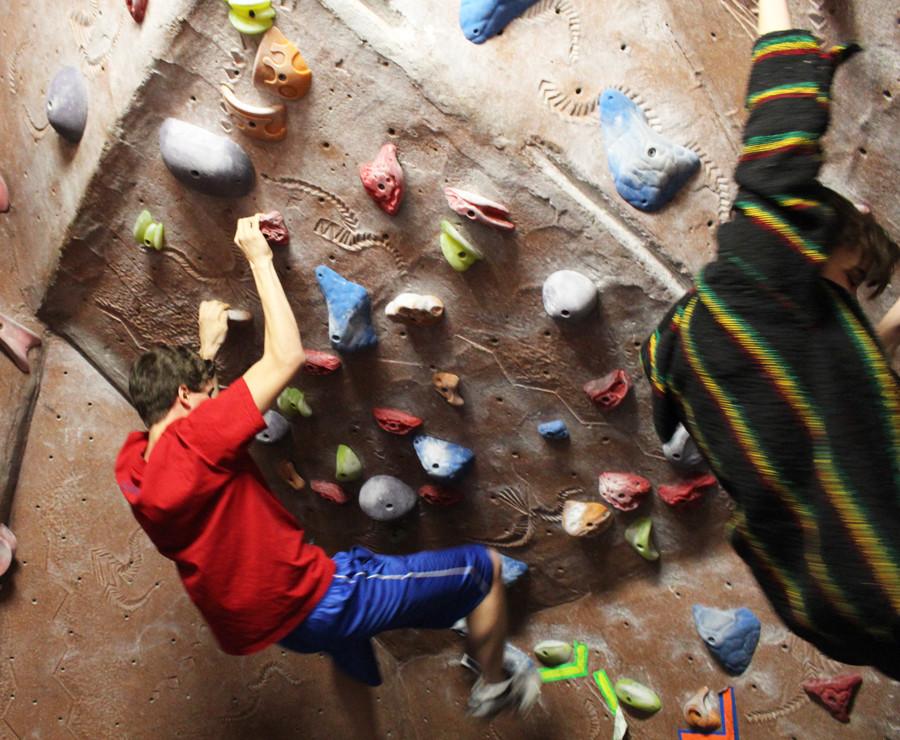To many, late November means Thanksgiving, Christmas shopping begins and holiday festivities begin as well. For deer hunters of the midwest, this means gun season is right around the corner or already in full swing. Gun season in Wisconsin is more of a holiday, rather than a season. Hunters from all parts of the state and neighboring states make their voyage to “Deer Camp” where they call home for the next few days.
Last year, in the state of Wisconsin alone, 160,569 whitetail deer were harvested during the nine day gun season, according to NBC15. Each year, the season starts the weekend before Thanksgiving. Bow hunters switch from the camo apparel to blaze orange as regulated among the states for safety for the hunters. Orange is beneficial to hunters due to the different receptive cones in a deer eye. Alongside orange, is red and green that deer see as grey blurs.
As the orange suits and hunting boots come out of the closet, the excitement becomes a noticeable feeling amongst those who plan to take on the timber. The anticipation is like no other, and the tradition lives on. Moments with friends and family, as well as the reward of a successful harvest. This year will make season number eight for 18-year-old hunter, Ace Ventura.
“Every year, me, my dad, brother and grandpa go up to our hunting land in Vilas County, WI,” Ventura said. “We have our own blinds already set-up.”
Deer, also known as venison, can be one of the most healthy meat options for humans. Venison is a lean red meat with very little fat. It can be prepared in many different ways such as summer sausage, jerky, burger or steaks.
“Two sticks of butter, onions, mushrooms in a skillet on a low heat,” hunter Joey Bissing said. “If someone shoots one on Opening Day, we will cook the heart that day.”
Deer heart is a dish that is arguably overlooked by many people. Deer heart is very tender and rich in protein. Some even take a raw bite after the successful harvest to honor the animals passing, much like some Native American tribes once did.
Cold weather can be a key factor to deer movement, especially in the morning. Whitetail deer typically do not travel as much later in the day because it gets dark and cold fast. Deer will be up on their feet early in the morning traveling to or from a food source near their bedding. Like many hunters know, snow can boost their luck while hunting. Locating deer is much easier with a white background as well as finding fresh tracks where deer travel.




